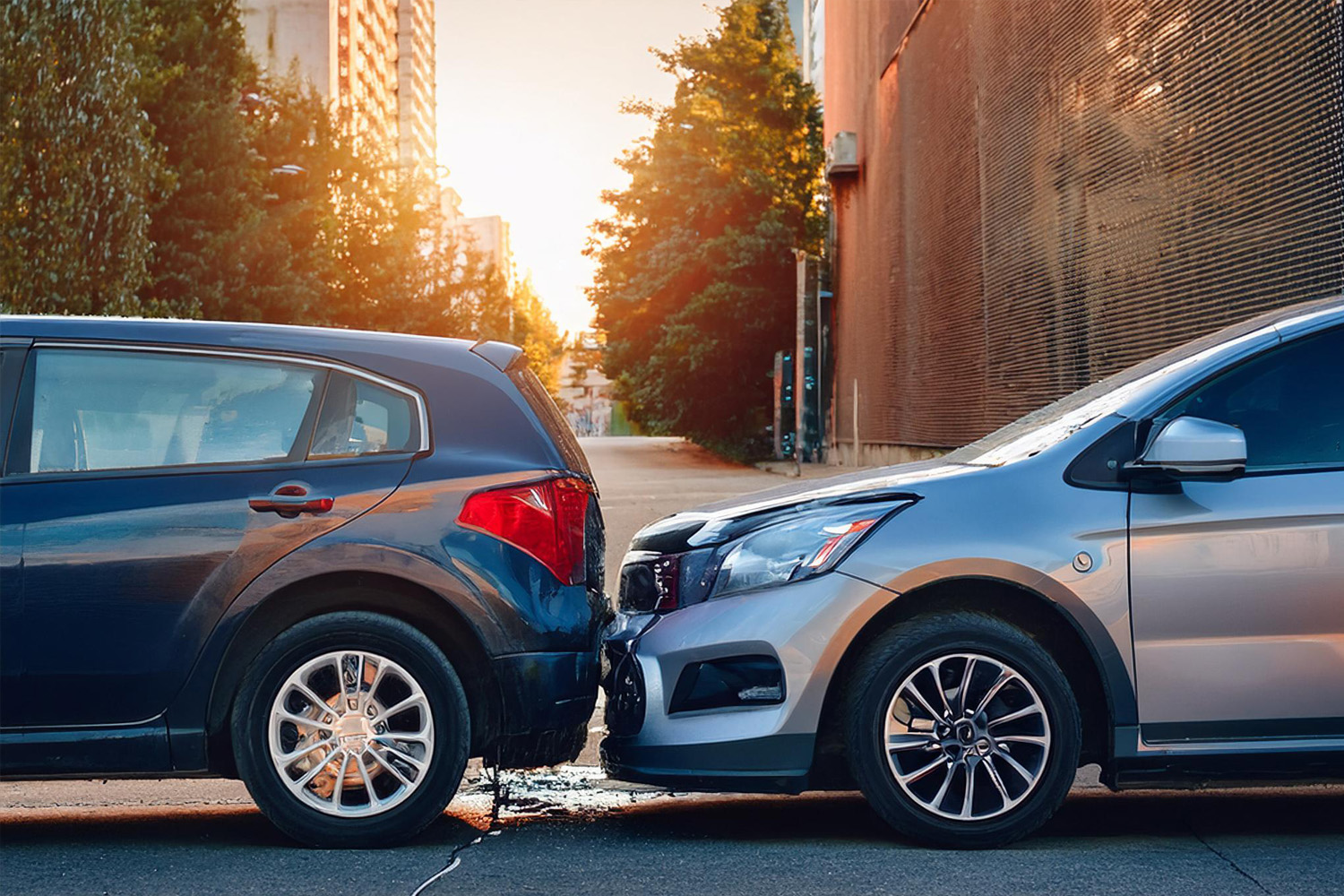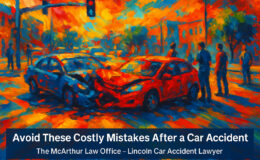Rear-end collisions are among the most common types of car accidents, often happening when you least expect it—at a stoplight, in heavy traffic, or even in your own neighborhood. While these accidents may seem straightforward, the aftermath can be overwhelming, especially when injuries, property damage, and insurance claims come into play. Knowing exactly what to do in the moments after someone rear-ends your car can make all the difference in protecting your health, your rights, and your financial well-being.
This article will guide you through the critical initial steps you should take after being rear-ended, from ensuring safety at the scene to understanding when it’s time to contact a car accident lawyer. Whether you’re dealing with minor vehicle damage or serious injuries, having the right legal guidance can help you secure the compensation you deserve and make the recovery process smoother. Let’s dive into the essential actions you should take to protect yourself and your case.
Immediate Steps After a Rear-End Collision
When you’re rear-ended, the first few moments after the crash are crucial for ensuring your safety and laying the groundwork for any potential legal claims. Even if the damage seems minimal or you don’t feel injured at first, following these steps can protect your health, your property, and your rights.
1. Ensure Safety
Your first priority after any car accident, including a rear-end collision, is your safety and the safety of your passengers. If possible, move your vehicle to a safe location, such as the shoulder of the road or a nearby parking lot, to avoid blocking traffic and reducing the risk of further accidents. Turn on your hazard lights to alert other drivers.
While assessing the situation, avoid making any statements that could be interpreted as an admission of fault, even if you’re trying to be polite. Something as simple as saying “I’m sorry” could be misconstrued later, potentially weakening your case.
2. Call Emergency Services
Even in minor accidents, it’s essential to call the police. Having a police report can be crucial for your insurance claim and any potential legal action. The police will document the accident, including the position of the vehicles, any visible damage, and witness statements, which will help establish fault.
When speaking with the police, provide clear, factual information about the accident. It’s also important to mention any injuries you or your passengers may have sustained, even if they seem minor at first. Many common injuries, such as whiplash or soft tissue damage, may not become apparent until hours or days after the accident.
3. Exchange Information
After ensuring everyone’s safety and contacting emergency services, the next step is to exchange information with the other driver. Gather the following details:
- Name, address, and contact information.
- Driver’s license number.
- License plate number.
- Insurance company and policy number.
In addition to collecting this information from the other driver, take photos of their vehicle, the damage to both cars, and the scene of the accident. If there are any witnesses, ask for their contact details, as their statements could support your claim later. This documentation will be invaluable to your car accident attorney if you decide to pursue legal action.
Taking these immediate steps will help set the foundation for your claim, ensuring you have the evidence and documentation necessary to support your case and protect your rights.
The McArthur Law Office is here to support you through every stage of the process. With our extensive experience handling rear-end collision cases, we know what it takes to secure favorable outcomes for our Nebraska clients. Contact us today at 402-421-8333 for a free consultation, and let us help you get the compensation and justice you deserve.






